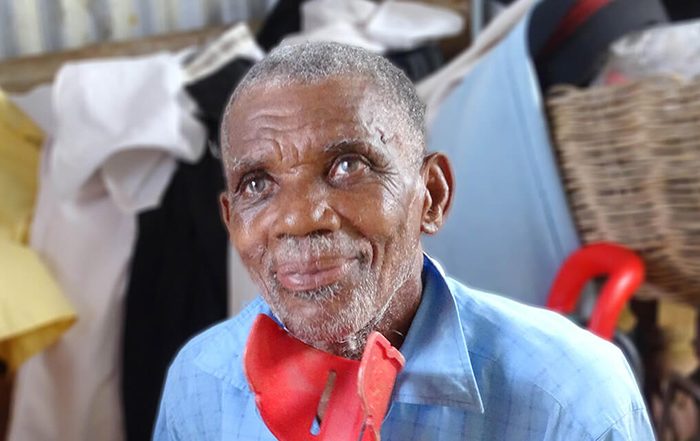
Recovering after Hurricane Maria
When Hurricane Maria wreaked havoc in Dominica in 2017, it destroyed Simon's house. Read how we have supported Simon in rebuilding his home and finding comfort once again.
Earthquakes. Hurricanes. Floods. Every year thousands of families see their homes destroyed in a matter of minutes.
In the wake of a disaster, families can use the contents of a shelter kit to make immediate repairs to their damaged homes.
Our shelter kits are proven to work. They have helped families survive in the flood plains of Malawi, displacement camps in the Middle East, and the mountains of Nepal.
We customise the contents of the kit to meet the individual needs of each community we help. Sometimes they include corrugated iron to help make resistant roofing, as well as items like tarpaulin and timber.
We often add a number of other essentials like solar lights, blankets and water containers to help families return to normal life as soon as possible.
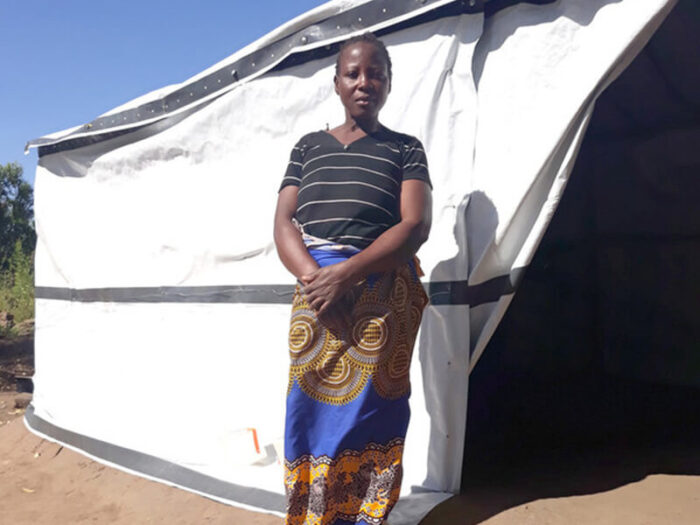
Modestar saw her home and livelihood get washed away by Cyclone Idai in March 2019.
For Modestar, a single mother of two, the road to recovery was not going to be easy.
After moving to a camp where other families were also escaping the flooding, Modestar received tools and essential aid items to help her on the road to recovery.
Just nine days after collecting her shelter kit, she built a new home for her family. Modestar cleverly used some leftover nail hooks to hang up the items from her new kitchen set, helping to make her shelter a home.
Read Modestar’s story
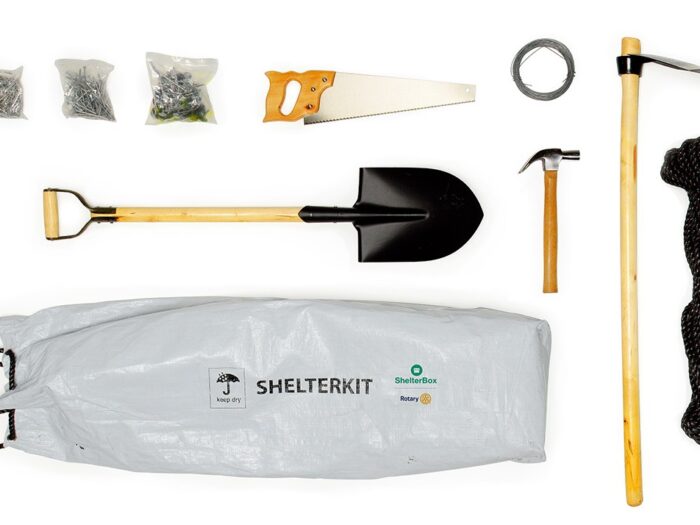
We customise the contents of the kit to meet the individual needs of each community we help. Inside a shelter kit can be a range of simple and rigorously tested tools to repair a home, start a new life and find a way out of the rubble.
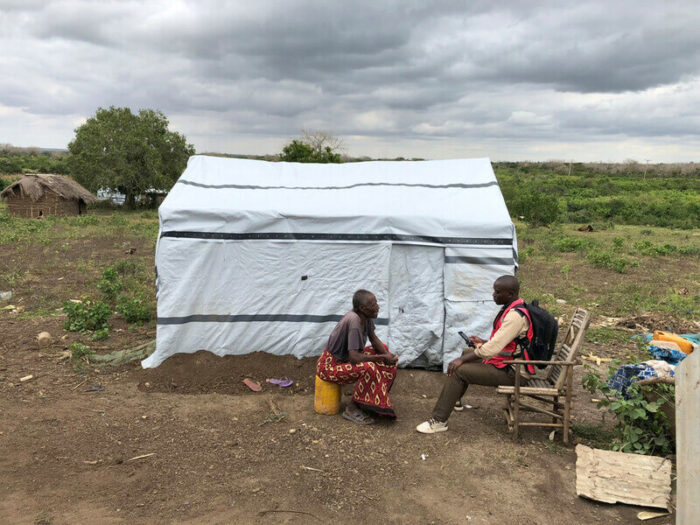

In 2018, flooding swept away homes and livelihoods in Kenya, leaving over 290,000 people homeless.
We responded by providing essential aid such as solar lights, ground mats, and shelter kits.
The tools were incredibly welcomed by families. Speaking to Mariam from Kilifi county we learned that she loved the tools and being taught how to use them. This came with a sense of pride as, for the first time, she had a responsibility to rebuild her home – not just her husband.
Mariam then taught her own children how to use the tools. She told us:
“As a woman I had never been taught how to use tools. I am now able to use them to help build the shelter in the day when my husband is working. I will also be able to use some of them in the farm. This makes me very happy.”
We provide training to help families understand how to use their new equipment.
In this video, a ShelterBox team works with a local community in Cameroon, training them on how to use our shelter kits.
These community members will then go on to train other members of their community.
Watch this video to see our aid and specific tips and techniques, like how to secure a tarpaulin.
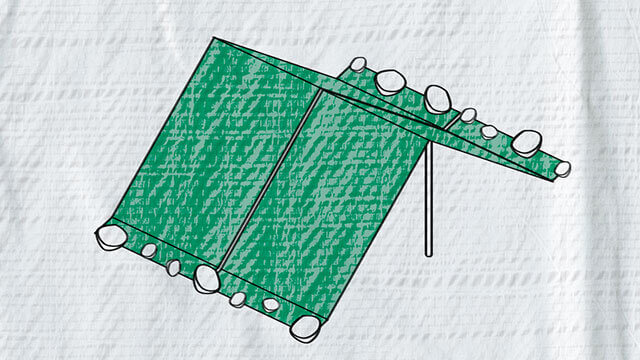
As a temporary shelter to offer protection in an emergency. The tarpaulin could be all that stands between a family and the elements.
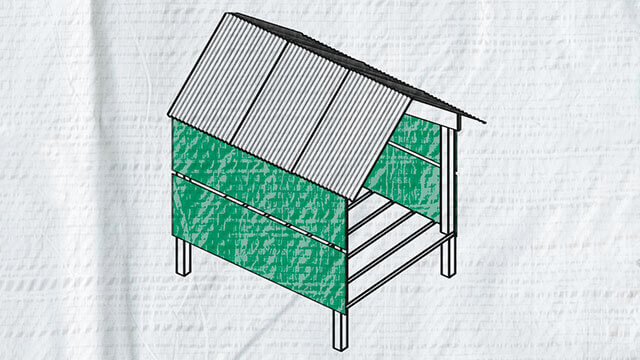
As a repair to create a temporary roof or wall, until more permanent materials are found.
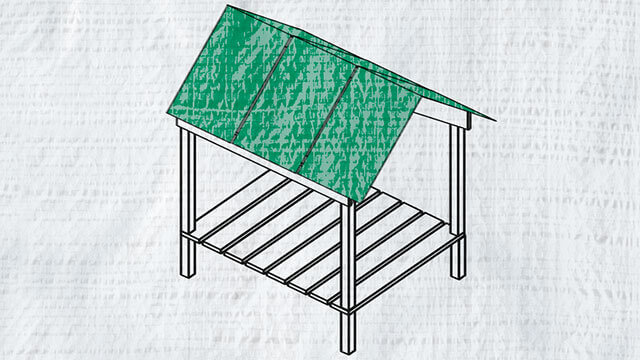
As a tool for harvest time to provide a drying surface for rice crops. Rice has a high moisture level and if it’s not quickly dried out is prone to mould.